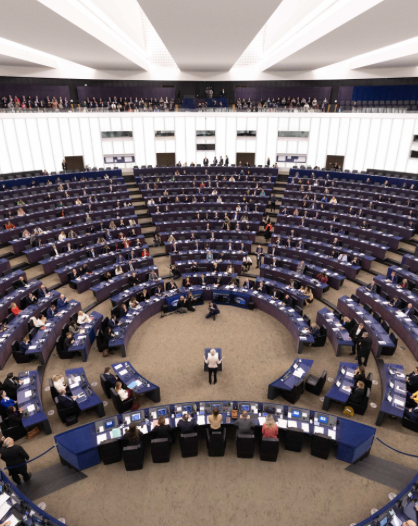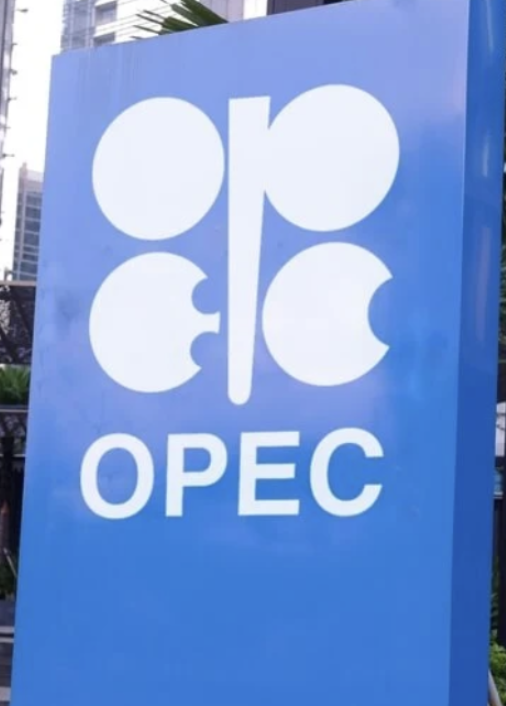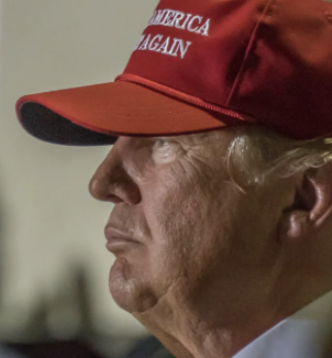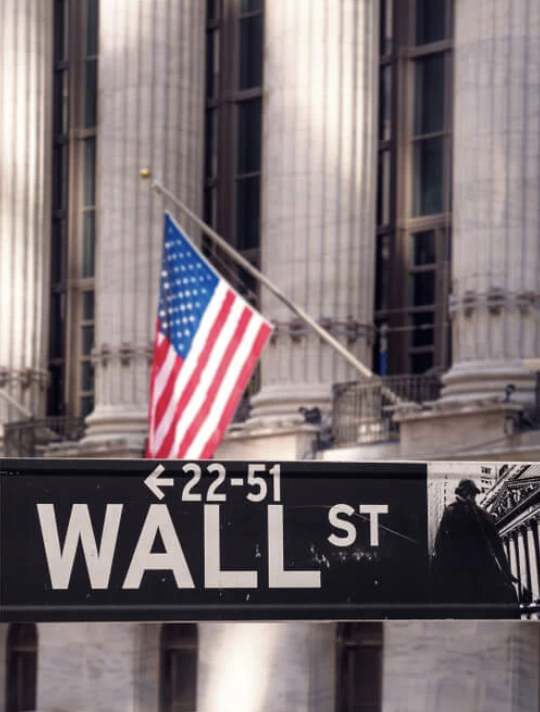The government of Spain wanted to be a leader in achieving net zero targets. With its short-sighted and destructive policy, the Spanish government achieved absolute net zero: zero electricity, zero telephone, and zero security of supply.
Unfortunately, the Spanish blackout is yet another alarm sign of the disaster that governments are creating with net zero policies.
Blackouts, which should have been something obsolete and forgotten, have become the norm since politicians have begun to politicise energy.
Instead of promoting affordable, reliable, and abundant energy for citizens, politicians all over the world, especially in developed nations, have compromised supply security and competitiveness because the priority was to impose a volatile and intermittent energy mix dictated by renewables.
Furthermore, this ideological extremism that informs many energy policies ignores the need to mine for copper, lithium and rare earths or the environmental impact of batteries.
Renewables are positive in a balanced energy mix with enough baseload energy that works all the time -nuclear and hydro- providing inertia and stability to the grid, with natural gas as a back-up.
Excessive dependence on renewables makes the grid unstable and the system unmanageable due to their volatile and intermittent nature.
Furthermore, the electrochemical storage batteries that the Spanish government hails as the solution to a 100% renewable mix have a two-hour guarantee.
The causes of the worst blackout in Spain’s history
Other countries have suffered power outages recently, including Australia in 2016, Germany in 2017, and the United Kingdom in 2019.
However, none of these were as dramatic and scandalous as the one in Spain. The event is the worst blackout in the history of Spain and the only power outage in the OECD that left citizens without any type of communication for more than ten hours.
What I find unacceptable is to hear Prime Minister Pedro Sanchez lying about companies and the causes of the worst blackout in Spain’s history.
The Spanish grid operator, Red Electrica, warned the stock market regulator just over two months ago about the risk of “generation disconnections due to high penetration of renewables” and the “loss of firm generation capabilities.”
“The closure of conventional generation plants implies a reduction in firm power and the balancing capabilities of the electricity system” – Report
However, the politically appointed chairman of the company, Beatriz Corredor, said in interviews that, “It is not true that nuclear is safer for supply, nor that renewables make the system more vulnerable.”
Both statements have been disproven by her own company and by the European grid operators.
What Corredor says in the media today is the opposite of what her company warned investors.
It warned that the withdrawal of a firm generation, such as nuclear, poses a medium- and long-term threat.
In its 2024 report (Consolidated Annual Accounts), it stated: “The closure of conventional generation plants such as coal, combined cycle, and nuclear (because of regulatory requirements) implies a reduction in firm power and the balancing capabilities of the electricity system, as well as its strength and inertia. The closure could increase the risk of operational incidents that may affect supply and the company’s reputation. This incident represents a risk, with a short- and medium-term horizon. The risk is in the company’s own activities and those of clients and users.”
Dependence on volatile technologies
In September 2020, the grid operator published “System Foresight Studies and Needs for its Operability,” in which it admitted that decreasing inertia levels in the system—about 30% lower in 2030 compared to 2020—could pose a risk of unacceptable frequency deviations in the event of major imbalances.
Additionally, it identified a worsening of frequency stability conditions in the electrical system, highlighting a need for additional inertia provisions, such as those provided by nuclear.
The Spanish competition regulator warned various times since November 2023 about voltage problems
The Spanish competition regulator warned various times since November 2023 about voltage problems: “At certain times, the voltages of the transmission network have reached maximum values close to the thresholds allowed by regulations, even exceeding them at specific times.”
Additionally, Spain’s Red Eléctrica said in September 2023 that, “right now, REE doesn’t have enough tools to stop voltages in the transmission network from getting too high, sometimes going beyond the allowed limits and even causing disconnections of power generation and consumption facilities due to overvoltage.”
This problem has worsened recently due to several factors, citing the loss of base energy and greater dependence on volatile and intermittent technologies such as solar (Technical-economic report of the regulatory demonstration project for the new voltage control service, September 2023).
A report by the European Network of Transmission System Operators for Electricity (ENTSOE), published on January 10, 2025, warned about the risk of reduced system inertia accompanying the decarbonisation of the electricity sector and the increased penetration of renewables and about the need to take measures to ensure frequency and avoid blackouts (“Recovering power system resilience in case of system splits for a future-ready decarbonised system, Project Inertia Phase II”).
Why was this risk hidden?
Media close to the Spanish government called the risk of a great blackout a “great hoax”. Red Electrica published a post on social media platform X on April 9, 2025, saying that “there is no risk of a blackout” and that “Red Electrica guarantees supply.”
Nineteen days after saying “there is no risk” and after dozens of technical warnings, Spain suffered the worst blackout in its history, one of the longest in developed countries, the largest in number of people affected in the European Union, with more than 60 million people without electricity supply, and the only one in the OECD that paralysed all communications with an almost total collapse of mobile networks, internet, and landlines.
The government wanted to celebrate that Spain led the European decarbonisation targets
Why was this risk hidden?
For ideological reasons, the government concealed the grid risk. Anyone who spoke about supply security and competitiveness was accused of being anti-European, and anyone who warned about blackout risk was called a “hoaxer” because the government wanted to celebrate that Spain achieved 100% renewables in a day.
Many activists applauded when nuclear plants had to close, asphyxiated by taxes far exceeding their revenues.
The government wanted to celebrate that Spain led the European decarbonisation targets, but hid that there were constant interruptions to industry and several blackout risk warnings.
Energy policy is decided by activists
Spain’s grid operator, Red Eléctrica, has some of the best technicians in the world. Its specialised staff is an example of professionalism that is recognised worldwide.
However, government sectarianism, the political appointments of executives, and people who ideologise energy prevent serious discussion about the challenges of electrification and nuclear phase-out.
This is a ridiculous era in which nuclear energy is right-wing in Spain but left-wing and popular in France
Energy policy is decided by activists who have no idea about energy and for whom everything renewable is always good but at the same time reject mining copper or lithium, as if renewables were created by singing songs.
These activists fill public management and high corporate responsibility positions due to political allegiance and have a sectarian and short-sighted vision of energy that seems straight out of a kids’ movie where energy is generated by singing and dancing.
Moreover, these activists aren’t concerned about supply security because their goal is social control.
What they do care about is power, which is why Spain’s previous minister of energy transition was anti-nuclear in Spain and pro-nuclear in the European Commission, approving the extension of Belgian nuclear plants.
Eliminating nuclear is unacceptable and will lead to more blackouts, higher electricity prices, and, on top of that, moving from dependence on Russia for natural gas to dependence on Russia and China for natural gas and minerals, respectively.
This blackout could have been avoided. Nothing was done, and, worse, nothing is being done.
Developed economies must abandon the misguided and evidently counterproductive policies that damage supply security and competitiveness and, worst of all, are supposed to be green but do not improve the environment.
The world requires all technologies, and energy policies must meet the objectives of reliability, affordability, and abundance.
We must oppose this madness coming from unscrupulous politicians with no idea about energy.












